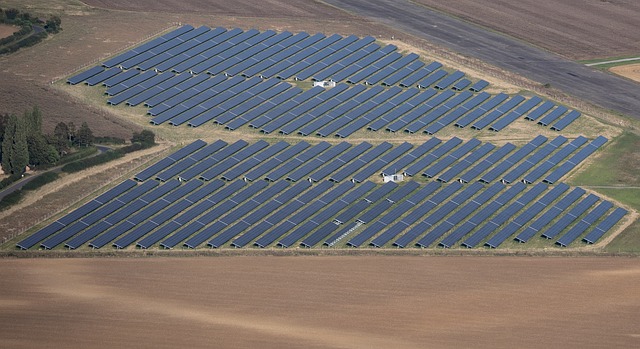Unlocking the Potential of Fixed Wireless Access: Disrupting the Traditional Broadband Market
In the swiftly evolving world of telecommunications, one technology is garnering increasing attention—Fixed Wireless Access (FWA). Offering an innovative alternative to traditional broadband, FWA has the potential to disrupt the status quo and redefine the digital landscape. This article delves into the journey of FWA, its current trends, and the impact it has on telecom services.

Background: Tracing the Journey of Fixed Wireless Access
FWA is a type of wireless broadband data communication, which is performed between two fixed locations—such as buildings or towers—connected through fixed wireless devices. In the early days of its inception, FWA was mainly used in remote areas where laying cables was impractical or too expensive. However, with technological advancements, FWA has evolved into an effective solution for urban areas as well, offering a competitive alternative to traditional wired broadband.
Current Trends: A Surge in FWA Adoption
As the internet continues to be a crucial part of our lives, the demand for robust and reliable connectivity solutions is growing. FWA is stepping up to meet this demand. The technology is witnessing a surge in adoption, driven by its ability to provide high-speed internet in areas where wired broadband is not feasible. Furthermore, the COVID-19 pandemic has amplified the need for reliable and high-speed internet access, contributing to the increasing acceptance of FWA.
Impact and Applications: Shaping the Future of Connectivity
FWA has a far-reaching impact on the telecom industry and beyond. For telecom operators, FWA provides an opportunity to diversify their service offerings, attract new customers, and tap into new revenue streams. For consumers, FWA offers the flexibility and speed of a wireless connection with the reliability of a wired one.
Moreover, FWA has significant potential in enterprise settings. Businesses can leverage FWA for reliable, high-speed internet connectivity, particularly in areas where traditional broadband infrastructure is lacking. Furthermore, FWA can be deployed as a failover solution, ensuring business continuity in case of a wired broadband outage.
Challenges and Considerations: Navigating the FWA Landscape
While FWA holds immense potential, it’s not without challenges. Signal interference and degradation, particularly in densely populated areas, can affect the quality of service. The cost of Customer Premises Equipment (CPE) and the need for line-of-sight between the transmitter and receiver can also pose challenges. However, with ongoing advancements and strategic planning, these hurdles can be overcome.
The Future of FWA: A Promising Horizon
As we move forward, FWA is poised to play an instrumental role in shaping the future of connectivity. With the continued evolution of wireless technology and the growing demand for reliable, high-speed internet, FWA’s prospects look promising.
In conclusion, Fixed Wireless Access, with its unique advantages and growing adoption, is carving out a niche for itself in the telecom landscape. It’s a testament to the relentless innovation in the field of telecommunications, continually pushing the boundaries to meet the ever-evolving connectivity needs of society.




